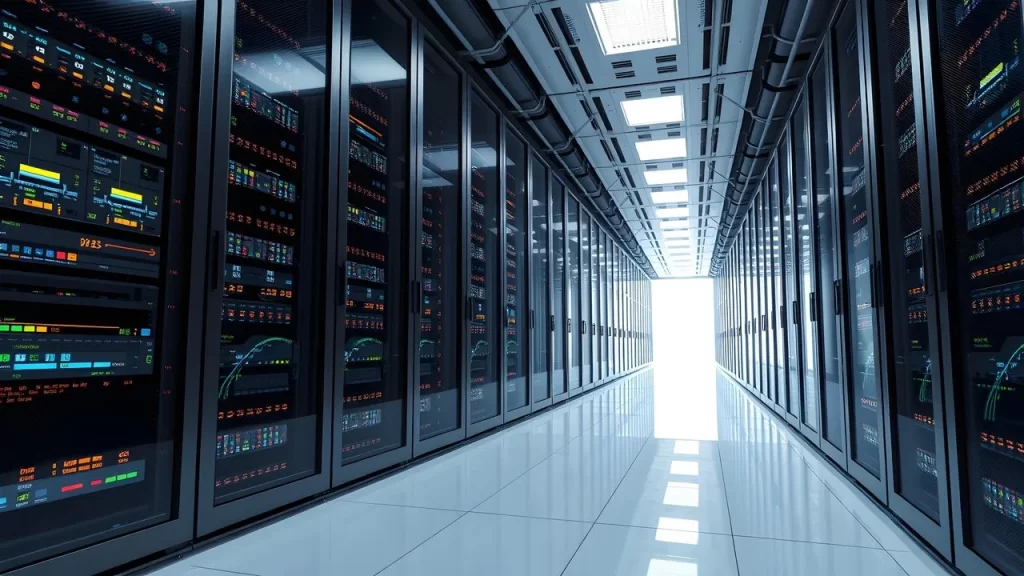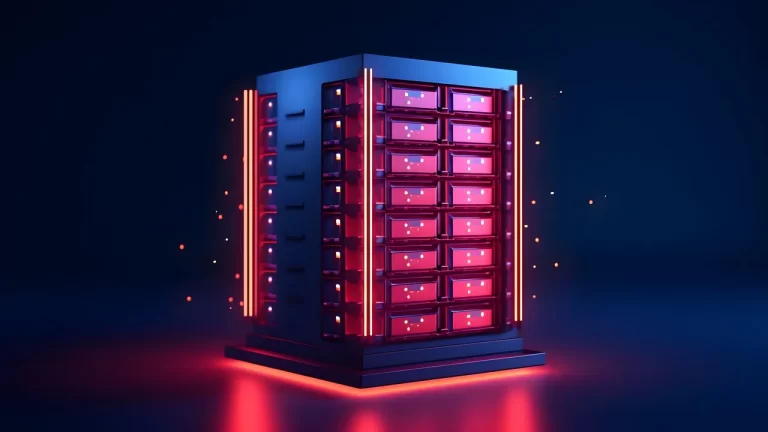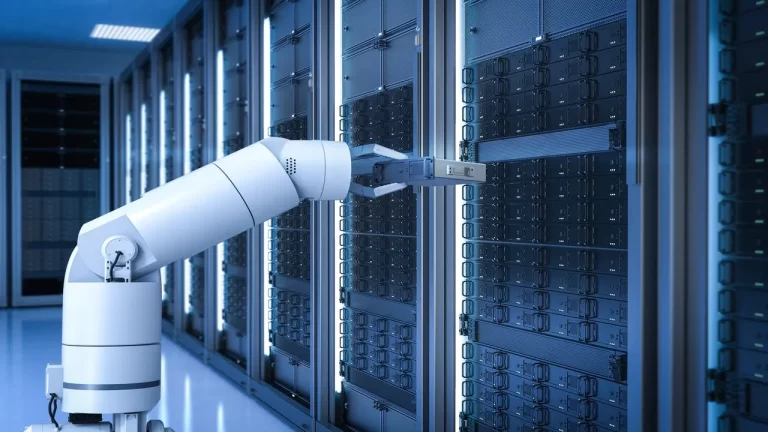The need to process AI edge data center applications and run advanced high-level processing computing tasks at data centers exceeds the cooling capacity of regular air-cooling systems. The development of liquid immersion cooling now represents an advanced solution because it removes heat and uses energy more efficiently. Smaller units can be packed together when servers are submerged in cooling liquids because the fluids better conduct heat away. Hewlett Packard Enterprise uses tailored liquid cooling solutions now available for AI equipment mainframes.
Distributing artificial intelligence systems and automation helps improve cooling HPC (high-performance computing) designs in today’s technology in hyperscale data center infrastructure. Nvidia and Schneider Electric work together to produce AI data center digital twins for smart device power management or DCIM (data center infrastructure management) and temperature control purposes. Nvidia and Schneider Electric joined forces to research better ways to run AI data centers and deal with their expanding electrical use. To help preserve the environment, Equinix uses new cooling approaches while reacting to environmental issues and government rules. Companies in the industry are working together to build environmentally friendly cooling systems that work better with today’s data centers.
The Importance of Energy-Efficient Cooling in Data Centers
The need for green data center cooling has grown stronger as global temperatures rise, which makes energy use grow more. This also pencils additional carbon emissions. During 2024, extreme heat required all power systems globally to reach a new usage level, and data centers shared much of this demand.
Companies now focus their investments on developing cooling methods and sustainable processes that help use energy more efficiently. Many companies now put renewable energy technologies and upgraded cooling methods to work simultaneously in their data centers to lower their environmental impact.
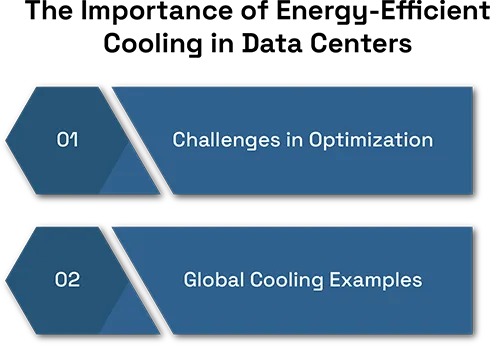
Liquid Cooling: A Game-Changer for High-Density Data Centers
Cloud computing data centers must use liquid cooling because they now run more powerful artificial intelligence systems and cloud servers. In contrast to standard air cooling, liquid cooling transfers heat better through dielectric liquids and special plate technology. Hewlett Packard Enterprise (HPE) has engineered special liquid cooling solutions to fit AI job demands while letting their servers operate at greater densities without temperature problems. Data centers achieve better data center sustainability through reduced power utilization and enhanced cooling ability through this technology.
Schneider Electric demonstrates the market’s preference for better cooling technology by taking over Motivair, which leads liquid cooling for supercomputer systems. The cooling methods provided by Motivair through its direct-to-chip cooling and rear-door heat exchanger systems improve data center energy efficiency and lower water consumption or data center power consumption, which data centers must manage. As AI accelerator power requirements grow, businesses such as Google and Meta spend money to develop liquid cooling methods. Rising energy prices combined with environmental challenges make liquid cooling technology vital for building next-generation high-capacity data centers.
Leveraging AI and Automation for Smart Cooling Solutions
The combination of artificial intelligence and automation in the operation of data centers seeks to optimize the efficiency of cooling systems located in those data centers. One example of this is the partnership between Nvidia and Schneider Electric to develop what are known as “digital twins” of AI data centers. Digital twins are virtual replicas that better design, operate, and make recommendations to lower power consumption while improving cooling systems.
The New Technologies of this kind result in real-time monitoring or tracking and predictive analytics, which allow to enable modifications to the cooling system for the data center in a predictive manner, leading to significant reductions in power consumption.
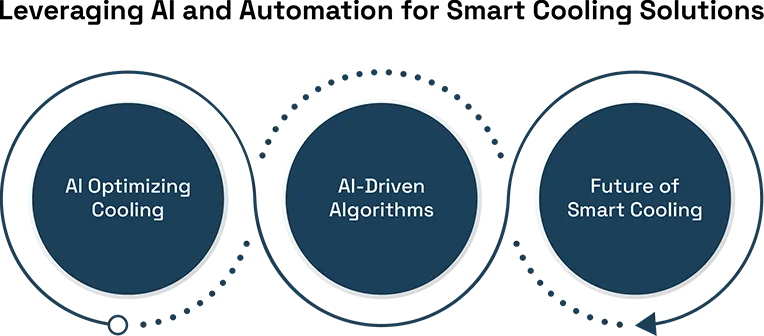
Sustainable Cooling: Harnessing Renewable Energy and Free Cooling
Integrating renewable energy generation and exploring cooling options that utilize the ambient environment have emerged as two important and common features of sustainable operational practices for data centers.
For example, through utilizing a seawater cooling system, Google’s data center in Finland not only generates and cools its data center, but it also captures a substantial amount of heat it does not need to cool and delivers this heat through its local service district to multiple households. This cutting-edge system reduces reliance on traditional energy sources by providing the district with very low-carbon energy from the ocean.

